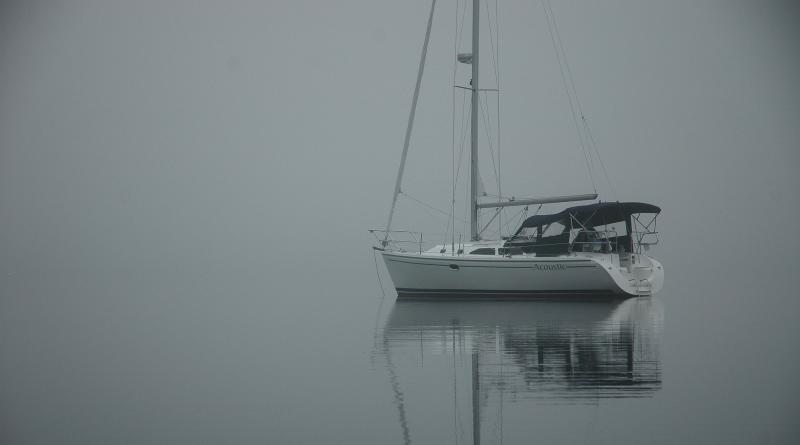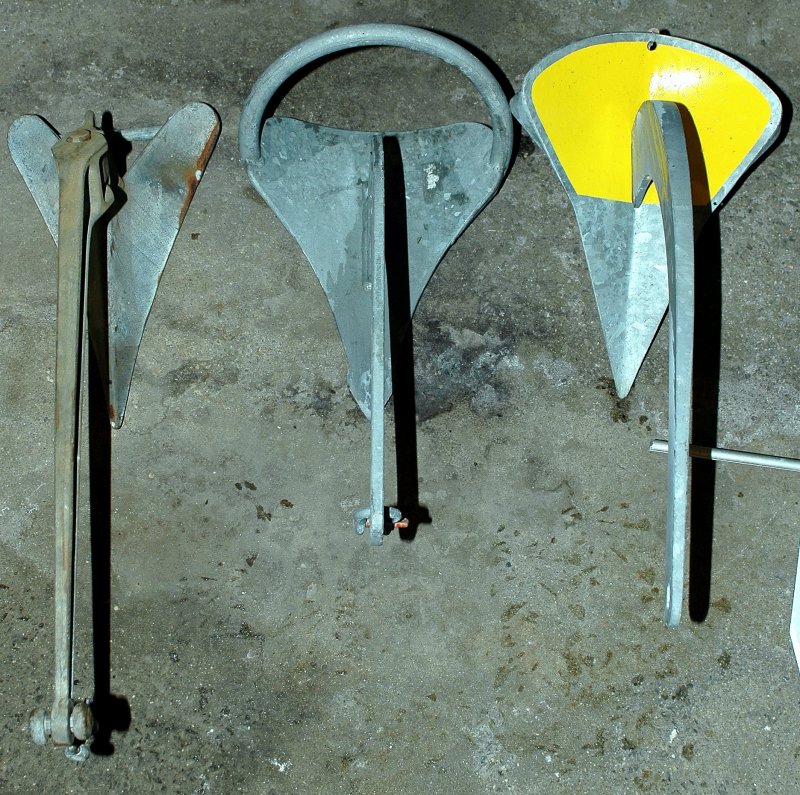Spoke with the factory about the weight and was told it's a non-issue. I was very surprised at how little difference in mast weight there actually is between the furling masts and non furling. Kent, at the factory, told me what it was and I was shocked at how little difference there is. Unfortunately I never wrote down the numbers but it was not a lot when you consider a mast with all the rigging probably weighs in the 550 to 600 pound range anyway.
I opted for better radar performance as I'm not racing but then again most C-34 owners are not the J-Boat racing types either so radar performance should win out..
I opted for better radar performance as I'm not racing but then again most C-34 owners are not the J-Boat racing types either so radar performance should win out..




